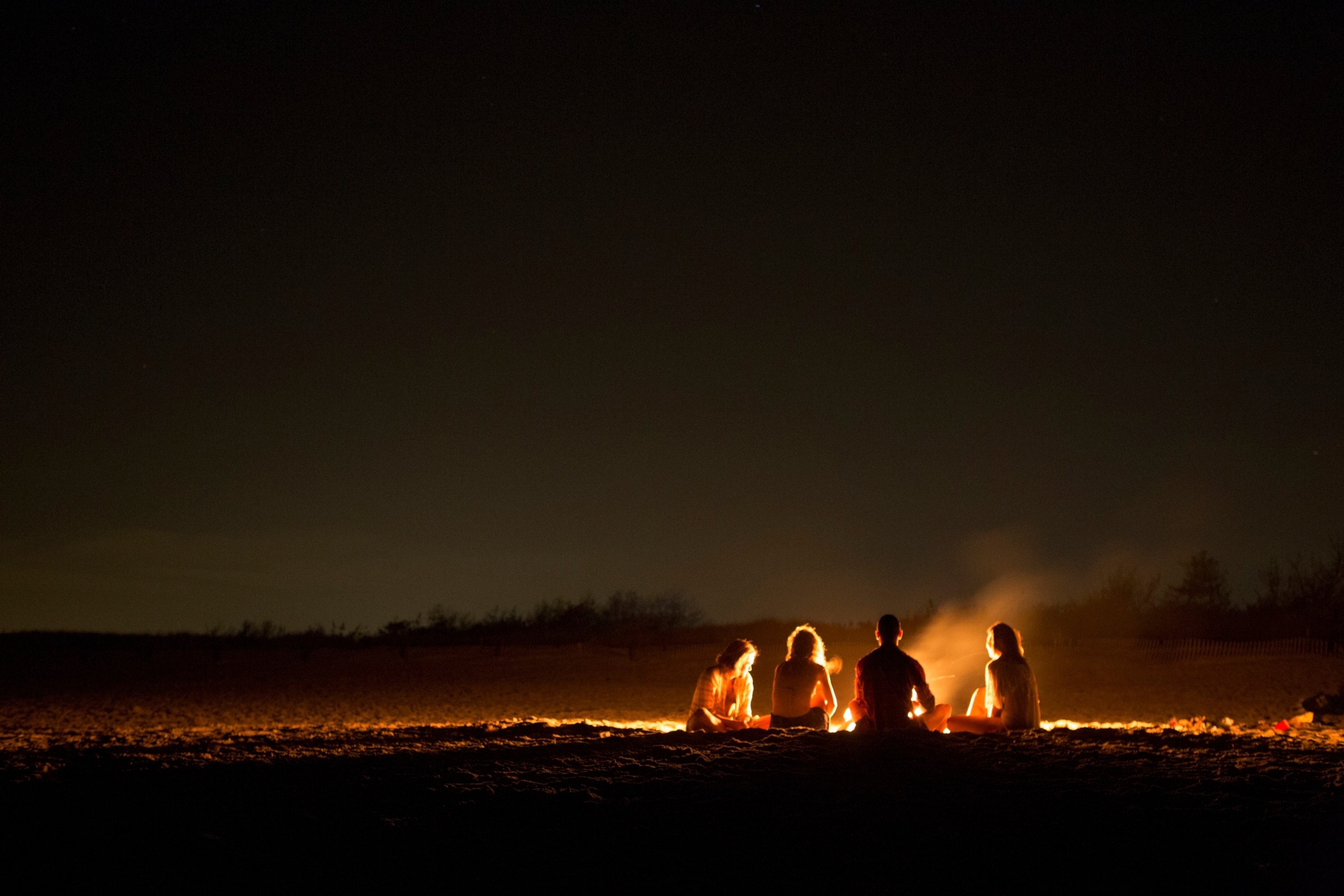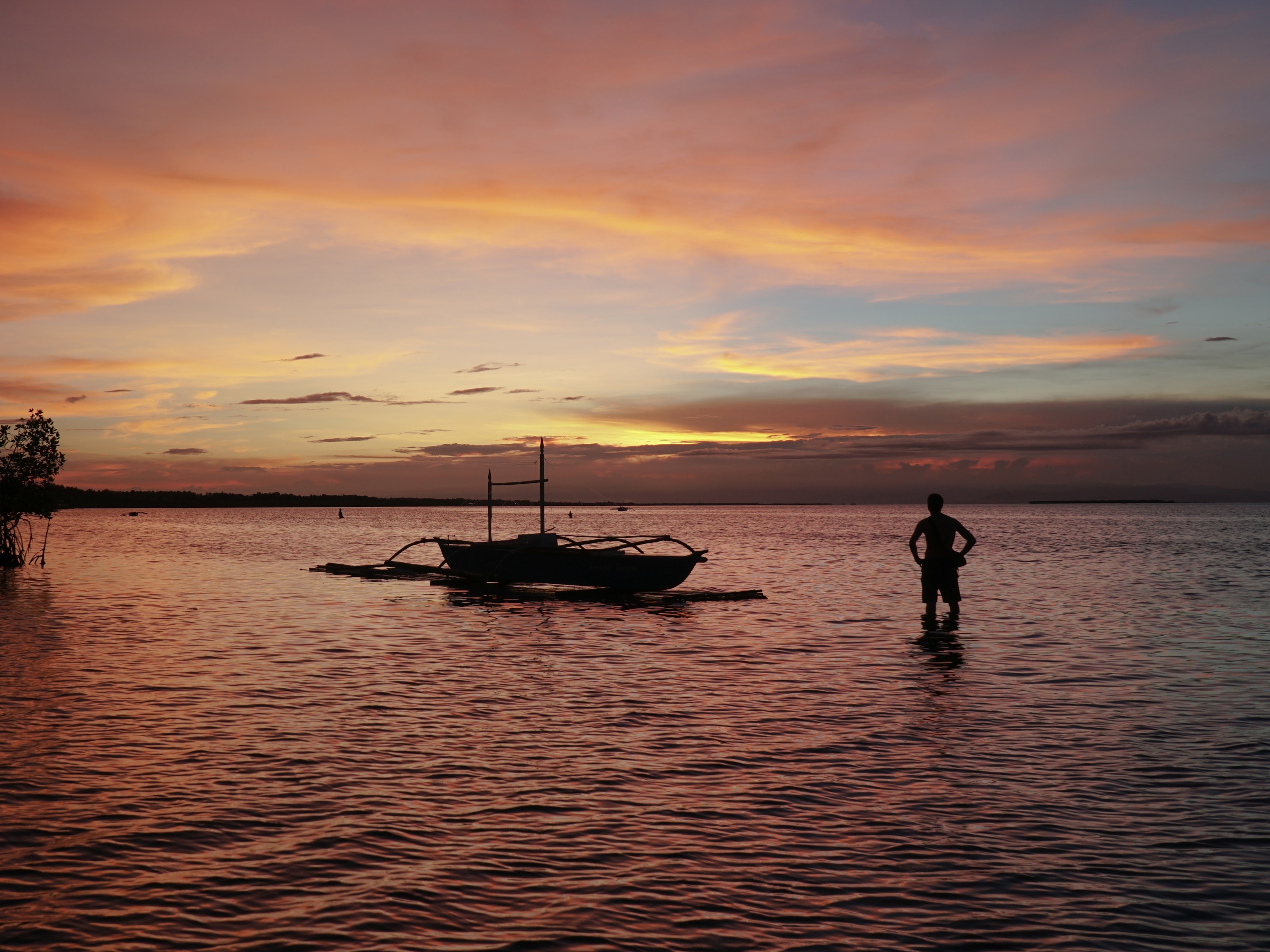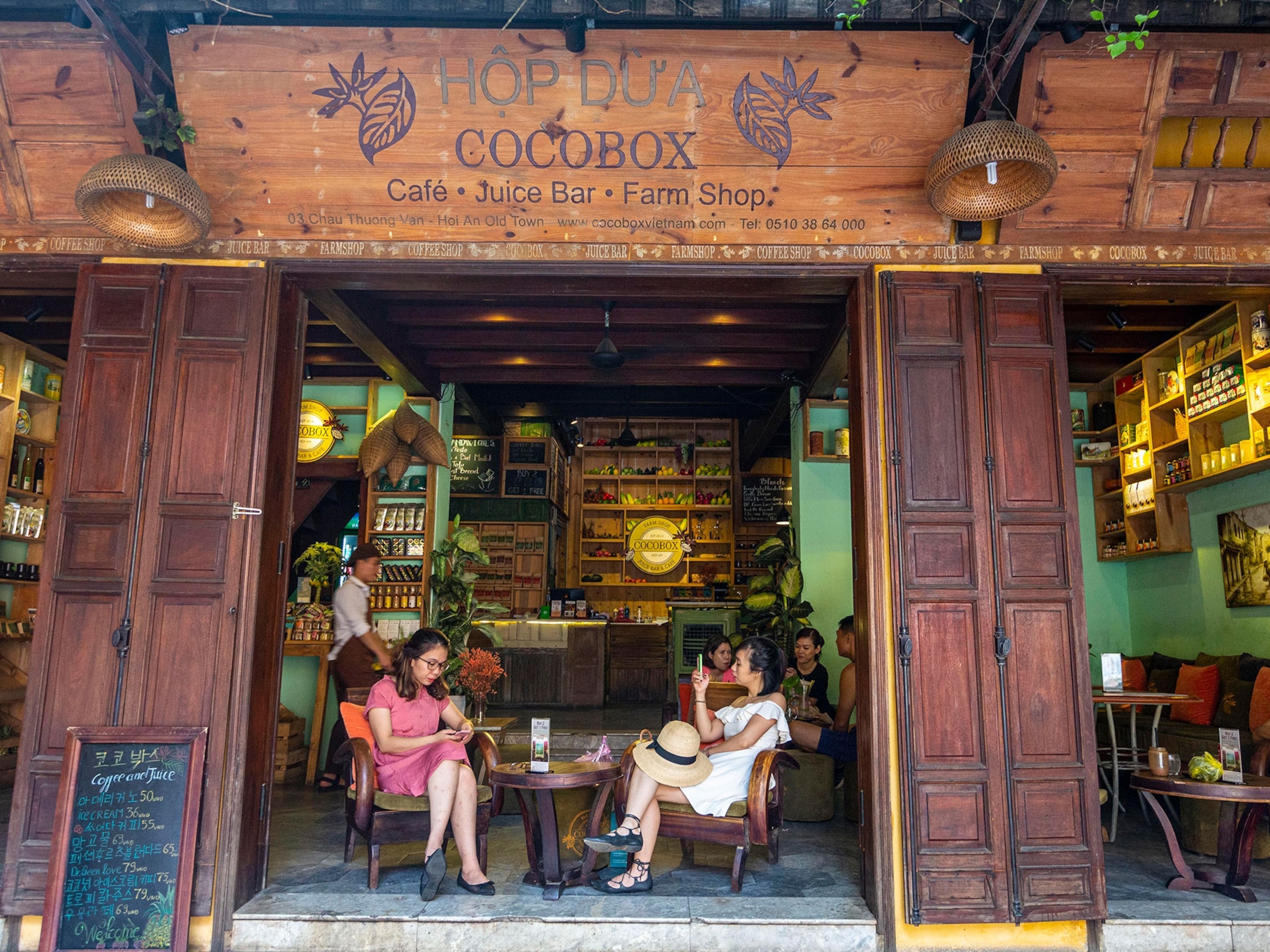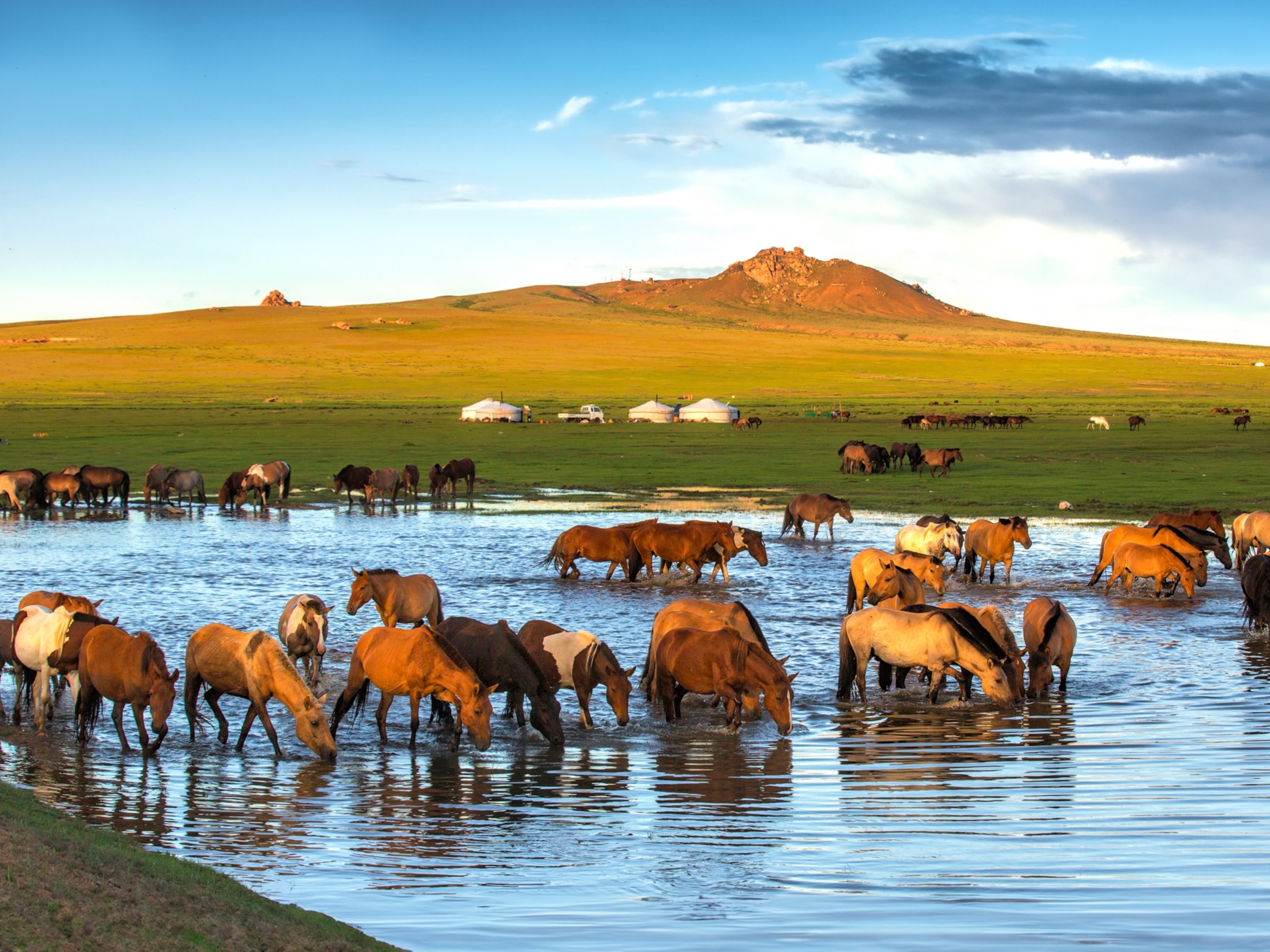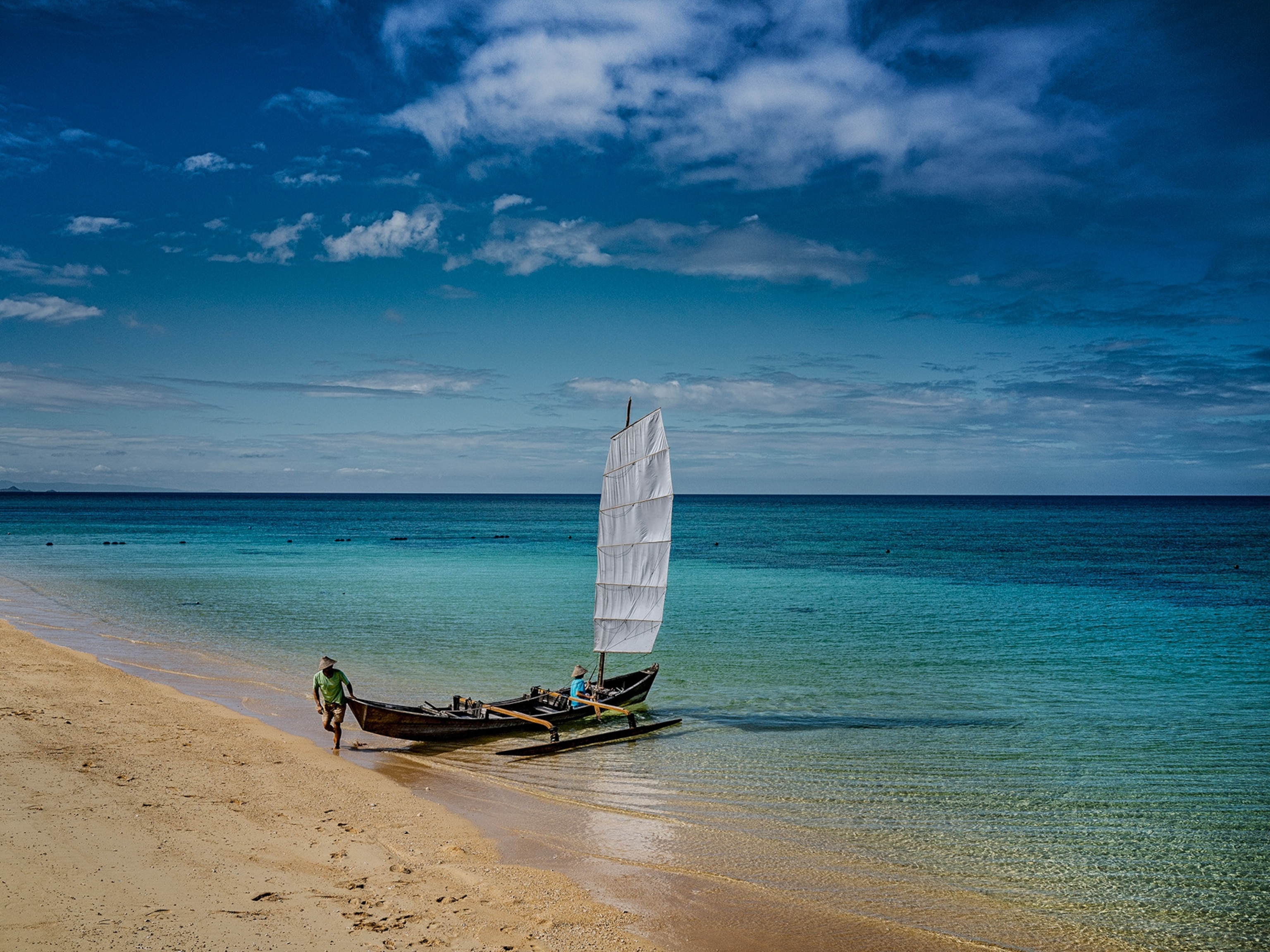In the first years after we came out of our caves, we connected around campfires with those who lived closest to us. We shared stories and experiences. We passed on the knowledge that we learned from those experiences. And we grew together.
As we continue to connect and grow together on a global scale, thanks largely to the rise of the internet in the 1990s, localized connections remain every bit as important as the ones we make thousands of miles away. These connections are particularly important in the Philippines, where over 100 million people are spread out over some 7,640 islands.

Having a population that exists across so many individual islands has resulted in a nation that is full of unique experiences, perspectives, and knowledge. There’s a myriad of different melting pots, ingredients, identities, and ideas ripe for expansion as a result of collaboration and sharing.
The potential for growth that comes when these unique perspectives come together is one of the driving forces behind the Cebu-Cordova Link Expressway (CCLEX), a new bridge that connects mainland Cebu from Cebu City to Cordova town in Mactan Island.
Fast fact: The bridge will boast a ten-lane toll plaza.
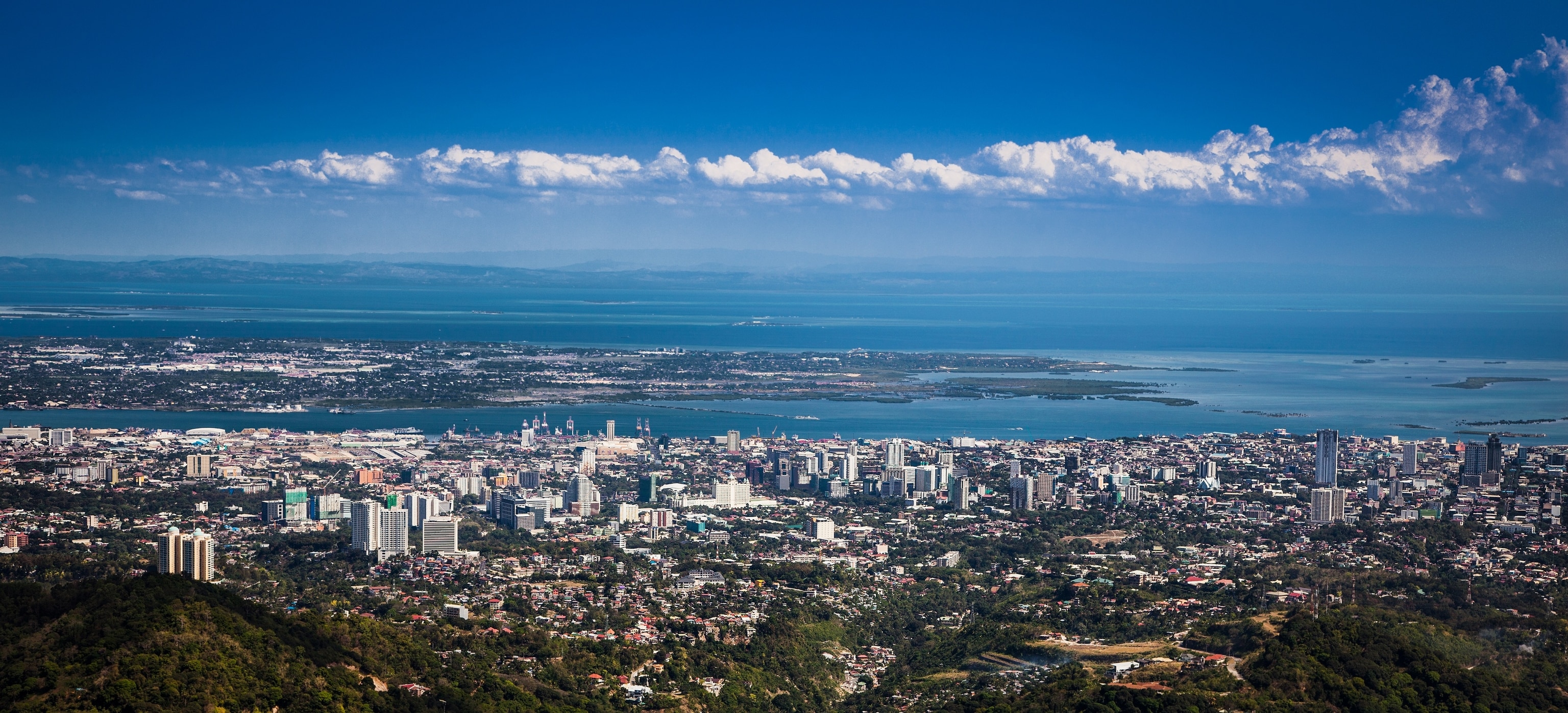
Connecting Cebu City and Cordova in Mactan Island, the bridge is expected to be an economic booster for the region. This much-needed connection is poised to help create jobs and reduce the economic losses caused by congestion that travelers currently face trying to get around the region. This improved link will also boost development in Cordova.
Cebu City has been one of the most important trade hubs in the Philippines since its earliest days—the word “cebu” comes from the old Cebuano word for trade. Today, Cebu City helps the Philippines stay connected to itself. It is home to 80% of domestic shipping companies operating in the Philippines and is the main domestic shipping hub in the country.
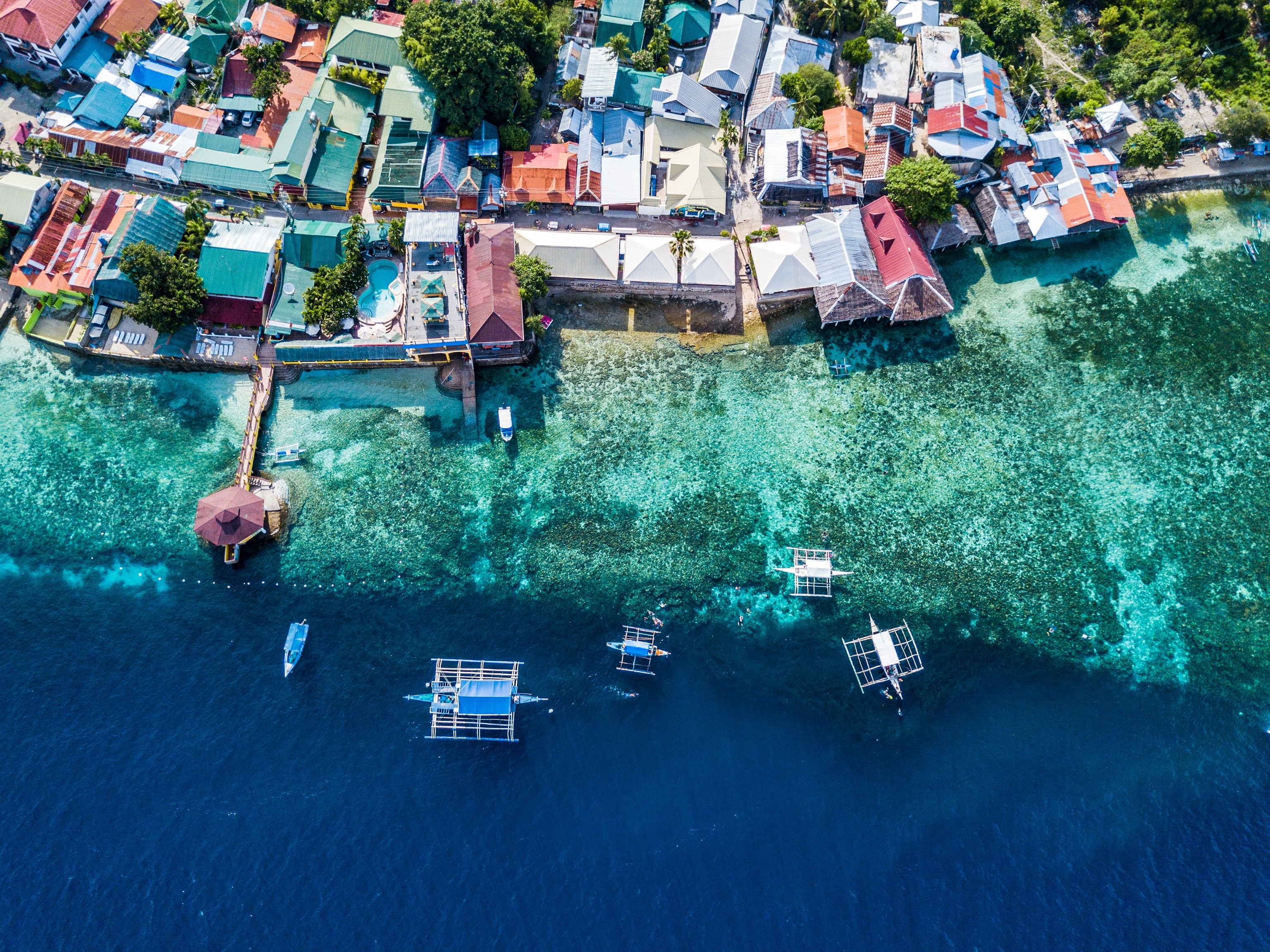
Cordova, on the other hand, specializes in creating links to the rest of the world. It offers access to some of the best diving, sailing, island hopping, and cultural activities in the Philippines. And, it’s close to Mactan Cebu International Airport, the second busiest airport in the country.
Providing a more direct link to Mactan Cebu International Airport, and shaving approximately 40 minutes off the current drive, it’s estimated that the new bridge will serve at least 50,000 vehicles daily when it opens. This increased access has the potential to open up the whole region.
"This is really a very important infrastructure that will bring about economic development not only in the two local government units but the entire Province of Cebu and the entire region of Central Visayas," said Efren Carreon, National Economic Development Authority 7 Regional Director.
Business travelers could soon cut down on the amount of time they spend getting to and from the airport. Tourists would have easier access to both Cebu City and to the island-hopping planes that can help them see more of the Philippines. The project is being managed by Metro Pacific Tollways Corporation.
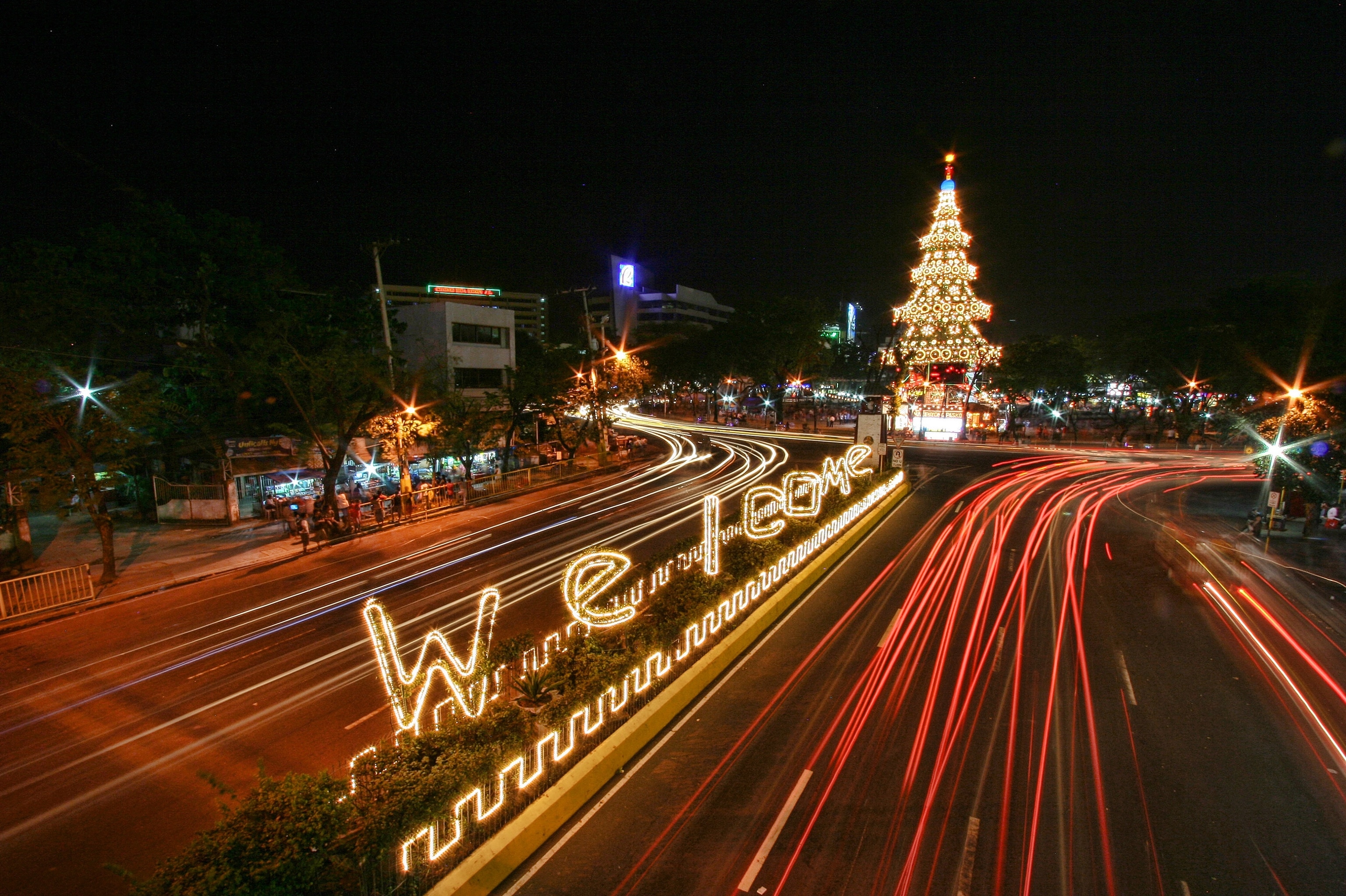
Fast fact: The 27m wide structure will have 2 lanes going in each direction with 51m of clearance under the main span to allow easy access for shipping vessels.
Battling the elements
Because the Philippines is located in a region known for earthquakes and typhoons, the CCLEX needed to be designed to withstand these occurrences—which is no easy feat. In a typhoon, wind speed can be anywhere from 120 km/h to a staggering 180 km/h.
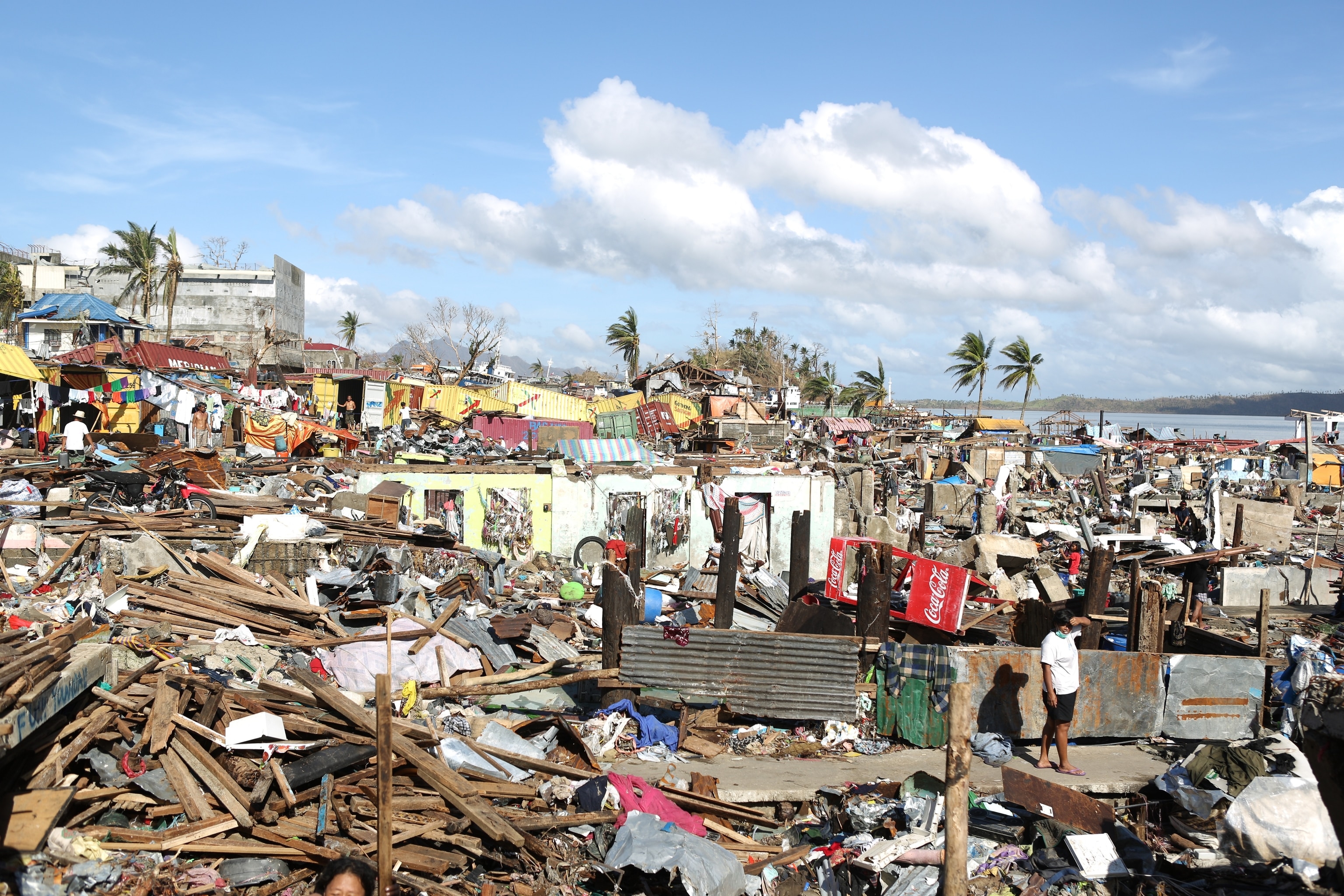
Dealing with these conditions requires a unique perspective and a willingness to experiment. In nearby Taipei, the Taipei 101 building was constructed with a 660 ton steel pendulum that acts as a tuned mass damper, a device that reduces mechanical vibrations. It hangs inside the building between the 92nd and 87th floor and sways to offset the movement caused by strong gusts of wind, like typhoons.
The architectural firm brought in to design the bridge was able to take advantage of their experiences in other regions, prone to natural disasters, to help come up with a structure that can handle anything Mother Nature can throw at it. While building the 1.6 km long Stonecutters Bridge in Hong Kong, the firm collected wind data for two years to help design a bridge that could withstand intense local airstreams.
"To tackle the challenges, we will draw on our experiences from previous projects in earthquake and typhoon zones such as the Busan-Geoje fixed link in South Korea, Stonecutters Bridge in Hong Kong and the Izmit Bay link in Turkey, which includes the world’s fourth longest suspension bridge,” says Tina Vejrum, Vice President for Bridges International, COWI.
To ensure the CCLEX was up to the job, wind tunnel analysis took place to test the durability of the bridge. Crosshole sonic logging—a process that tests the structural integrity of concrete—was conducted on the foundation. And, a scale model of the causeway was built to test the impact of waves against the rocks that will be used to line the shore of the causeway.
Fast fact: The 8.5 km long CCLEX bridge has two towers that support the main 400m section, reaching 145m into the sky.
Sustaining the environment
As part of the project, a mangrove propagation facility will be built in Cordova. Mangroves are an important plant in the region. They help stabilize the coastline, improve water quality, help protect against extreme weather (like typhoons), and they act as nurseries for a wide variety of marine life.
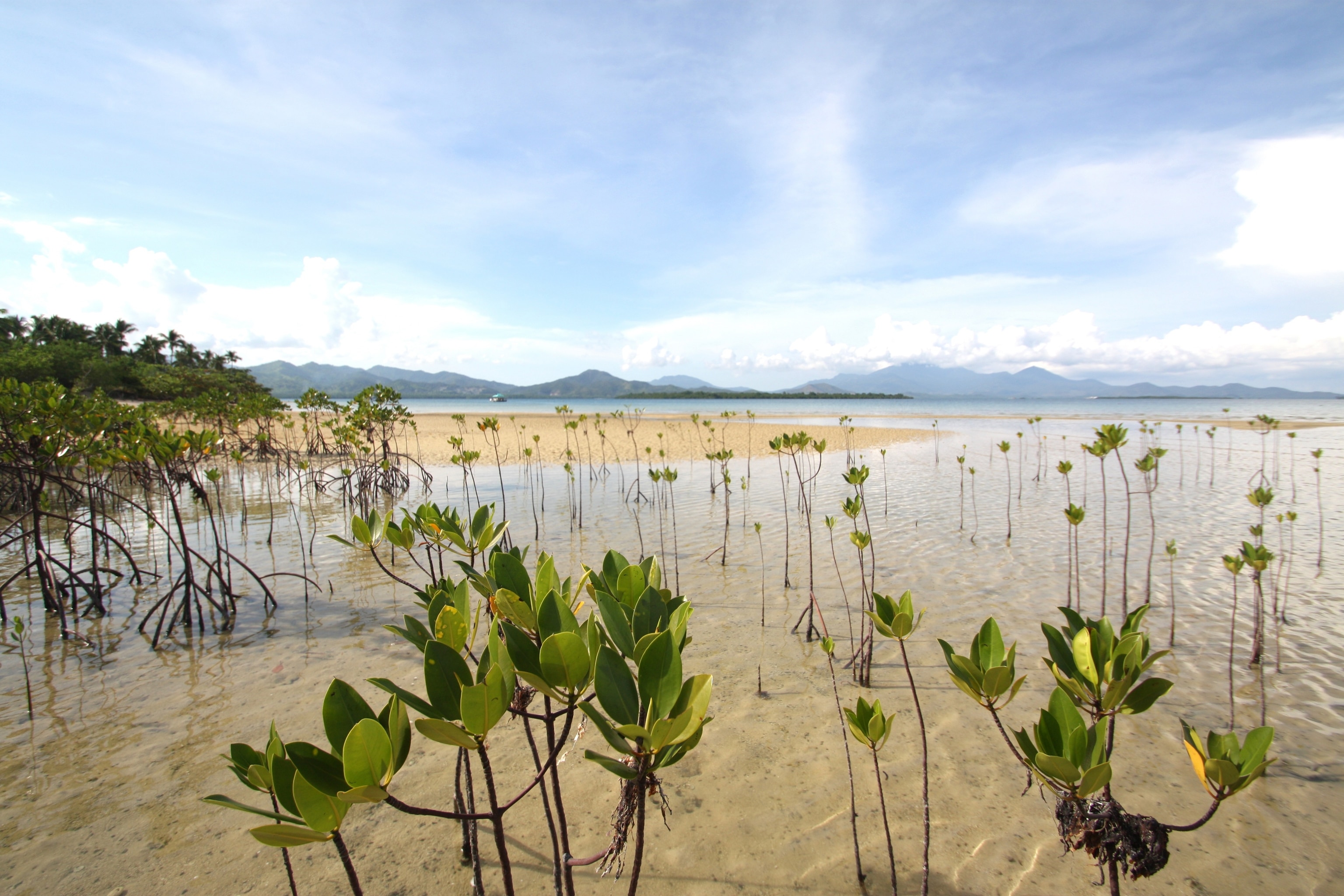
Unfortunately, over 50% of the mangroves in the Philippines have been lost to activities like deforestation and habitat alteration—a result of aquaculture. To help combat the issue, the propagation and info center will help boost awareness and provide jobs. The center will also help increase tourism, which accounts for roughly 10% of the economy.
“Over the years, we have successfully placed Cordova in the national tourism map, and I believe that gradually, we have also been winning the hearts of international tourists. We aim to make Cordova a place where both local and foreign tourists want to go both for business and leisure. To achieve this, we continue to include in our plans the development and protection of the natural beautiful spots endowed to Cordova, including our mangroves, which tourists seek to behold in our town. Thus, this project is very fitting to Cordova," Cordova Mayor Mary Therese Sitoy-Cho.
The mangrove propagation center will be in Barangay Day-as, Cordova, which boasts a 250-acre mangrove forest.
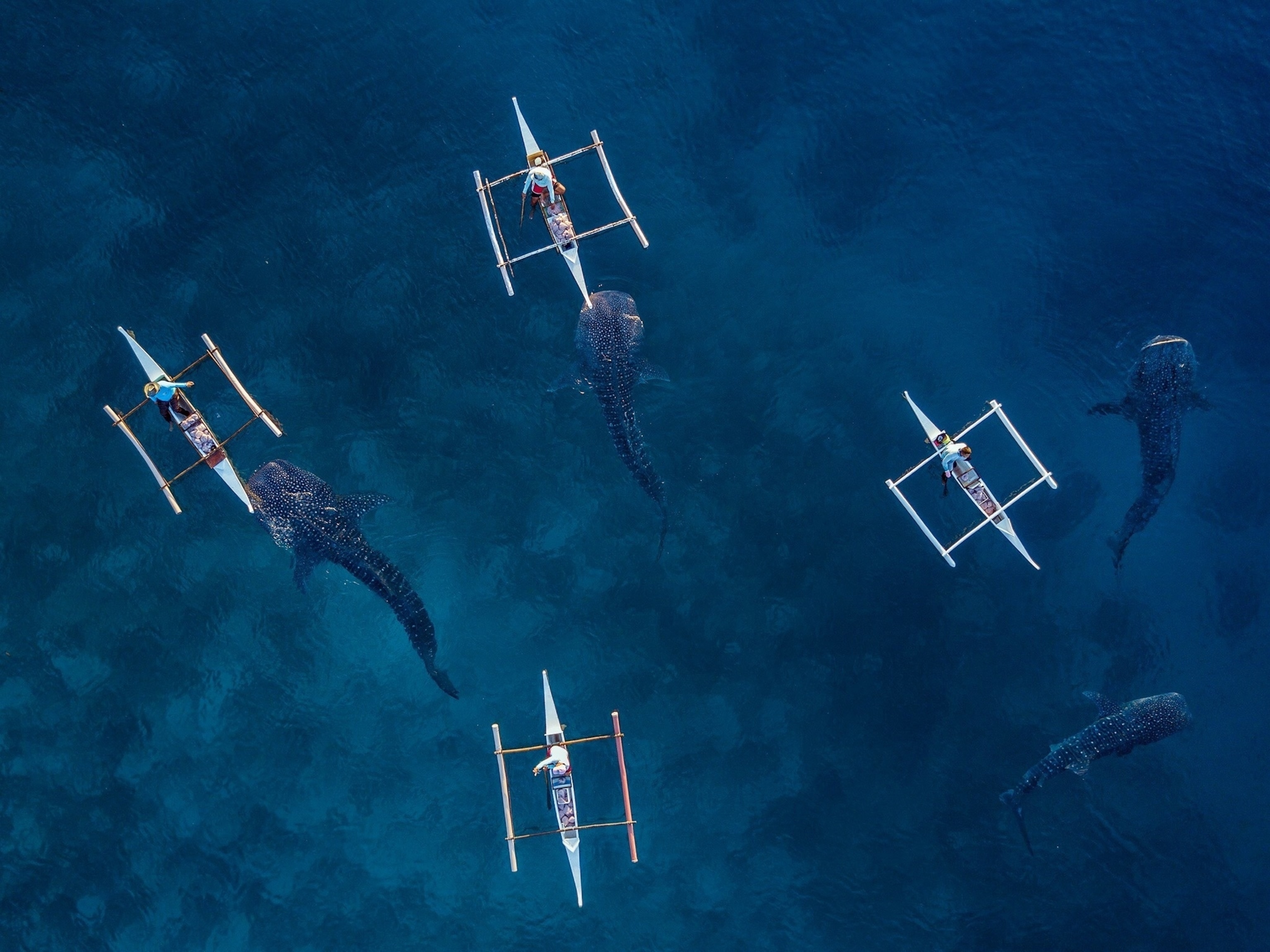
Fast fact: The Philippines is one of the most megadiverse countries in the world. It is home to 1,100 different species of birds and animals.
From Cordova to the world
With approximately 50,000 new travelers able to move between islands each day, you can only imagine the exponential number of ideas shared, and the progress being made.
We now have more ways to connect in many different languages with hundreds of regions across the entire planet. As this connectivity grows, we open ourselves up to more possibilities—both locally, and globally—for growth. We become closer. We form new economies. We change the world.
This unprecedented level of connection has us sending upwards of 65 billion messages to each other each day, worldwide.
These digital messages link us to the rest of humanity and help us understand the needs and challenges faced by others around the world. They drive home the importance of the early connections we made with those around us. The CCLEX is a strong reminder of how localized connections don’t just link two islands—they connect a nation to the world.
